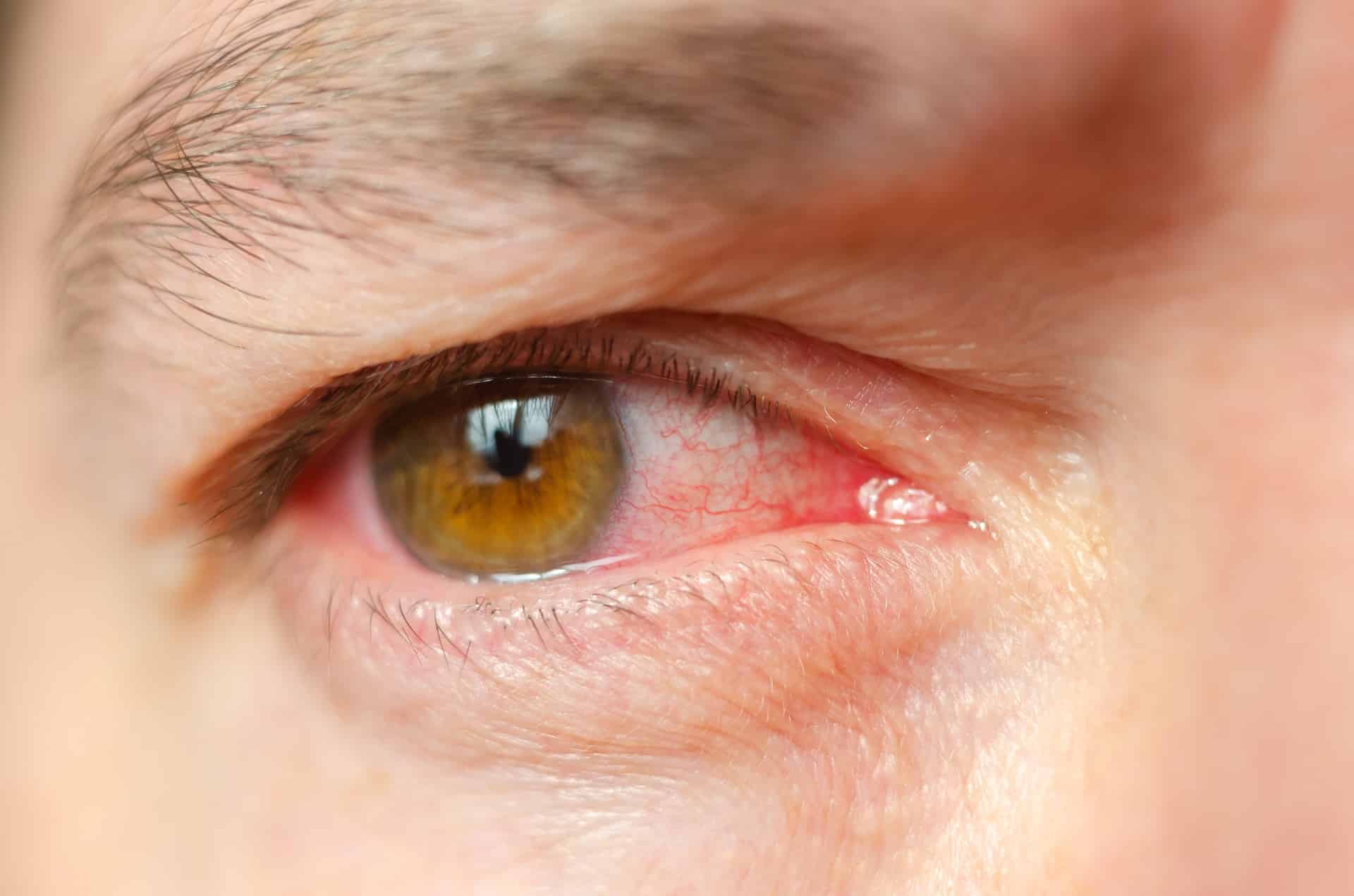Conjunctivitis

Conjunctivitis
What is pink eye?
Pink eye, also referred to as conjunctivitis, is a condition where the surface of the eyeball and the inner lining of the eyelid become inflamed.
The causes of pink eye can vary and include bacterial or viral infections, allergies, irritants, and other underlying infectious or noninfectious diseases.
While conjunctivitis can affect individuals of all ages, it is more commonly observed in children.
Causes of pink eye
Pink eye, or conjunctivitis, is most commonly attributed to a viral infection, although a bacterial infection can also be responsible.
Bacterial conjunctivitis can be caused by various strains, including Staphylococci, Streptococci, Gonococci, or Chlamydia.
On the other hand, viral conjunctivitis can arise from an array of viruses, such as adenoviruses.
The virus or bacteria from an infected person’s eye can spread through contact with skin, eyewear, cosmetics, cosmetic brushes, linens, or towels. It’s noteworthy that pink eye can even be transmitted from one eye to the other in the same individual. Taking proper precautions and seeking timely medical attention are crucial to prevent the spread and manage pink eye effectively.
In cases when an infection is not present, pink eye can be contributed to:
- Dry eyes
- Allergies
- Chemicals, smoke or foreign objects in the eye
Allergic conjunctivitis is caused by the body’s reaction to allergens such as pollen from trees, plants, grasses, weeds, medicine, cosmetics or molds. Allergic conjunctivitis is not contagious.


Risk factors for pink eye
Risk of viral or bacterial pink eye can be reduced with proper hygiene, disinfection and by eliminating contact with others who have the condition.
Risk factors for non-infectious pink eye include:
• Dry eyes — having naturally dry eyes or not protecting the eyes in windy or dry environments can contribute to pink eye.
• Allergies — those who have pollen, mold or other allergies are likely to develop pink eye as a response to exposure of allergens.
• Use of contact lenses
Symptoms of pink eye
Symptoms of pink eye vary depending on the cause of the irritation.
Viral pink eye
Symptoms of viral pink eye include:
• Watery discharge that resemble tears
• Runny nose
• Sinus congestion
• Puffy or swollen eyelids
• Sensitivity to light
Viral conjunctivitis is highly contagious and will remain transmittable and can cause symptoms for as long as two weeks.
Bacterial pink eye
Symptoms of bacterial pink eye include:
• Red, itchy or burning eye
• Tearing
• Thick green or yellow eye discharge that turns crusty overnight
• Swollen lymph nodes above the jaw (in front of ears)
• Swelling
Symptoms of allergic conjunctivitis are most common during allergy season in a patient who has other allergic rhinitis symptoms such as hay fever, asthma or eczema.
- Diagnosis of pink eye
- Treatments for pink eye
- Recovery from pink eye
Pink eye is typically diagnosed by a primary care provider, who will inquire about your symptoms and conduct an eye examination. Based on your reported symptoms, the healthcare provider can often identify the cause of conjunctivitis (whether viral, bacterial, or allergen-induced). To further confirm the underlying cause, the doctor may collect a sample of the eye discharge for analysis. This step helps determine the most effective treatment approach for your specific case. At Agape Family Medical Center, our experienced medical professionals will assess your condition thoroughly, provide a precise diagnosis, and tailor a suitable treatment plan to alleviate pink eye symptoms and promote a swift recovery. Your eye health is our priority, and we are here to offer the best care and support throughout your healing process.
Upon diagnosing the cause of your pink eye, your doctor will develop a tailored treatment plan to address your specific condition. If viral pink eye is identified, antibiotics are not warranted, but a doctor’s visit is recommended to rule out other similar eye conditions. During the course of the viral infection, using warm compresses can help alleviate conjunctivitis symptoms.
In the case of suspected bacterial conjunctivitis, your doctor will prescribe antibiotic eye drops to combat the infection. It’s essential to replace eye cosmetics and disinfect eyewear or eye care products diligently to prevent spreading the infection to others. Warm compresses can also be employed to soothe symptoms and gently remove the crusty discharge.
Treatment for the symptoms of pink eye caused by allergens include:
- Artificial tears or eye drops
- Cold or warm compress to reduce swelling
- Antihistamines — If allergies are the culprit, an over-the-counter allergy pill will help prevent eye irritation
Viral conjunctivitis typically resolves on its own within approximately a week. If symptoms persist for more than 10 days, the infection may be bacterial in nature. Once the symptoms of pink eye have subsided, you are generally no longer contagious.
Recovery from bacterial conjunctivitis may take up to two weeks, aided by antibiotic treatment. With bacterial pink eye, after being on antibiotics for 24 hours, you should no longer be contagious and able to spread the infection to others.
In cases of allergic conjunctivitis and other forms of pinkeye caused by exposure to allergens or irritants, the symptoms usually clear up within 1-2 days.


